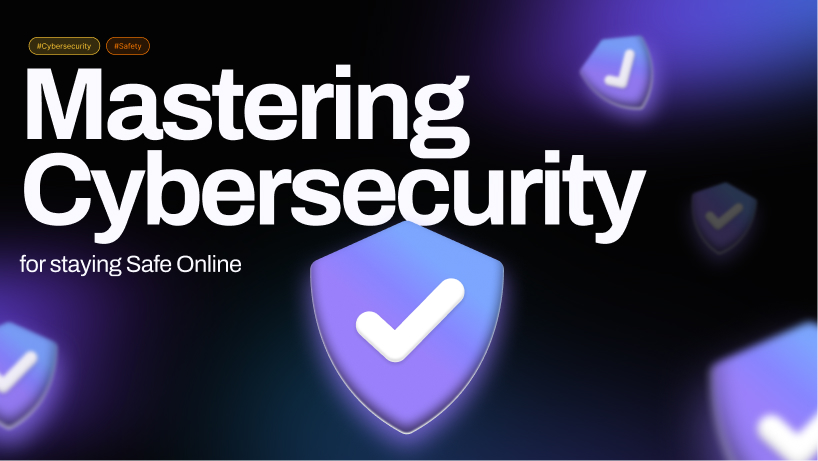
The concepts of confidentiality, integrity, and availability are the foundation of cybersecurity, which has become essential to our digital age in order to protect our online actions and data. The goal of mastering cybersecurity is to assist students in recognizing dangers to their online safety, such as viruses, cyberattacks, and identity theft, and in implementing cybersecurity best practices to safeguard their online presence at home or at work. In order to improve cybersecurity and prevent cybercrime, important subjects covered include the threat landscape, authentication, networking, SIEM, antivirus, machine learning for cybersecurity, cloud security, and risk management frameworks.
Threat Landscape :
The cyber threat landscape is rapidly evolving, with malicious actors constantly adapting their tactics to exploit new vulnerabilities and capitalize on current events. Here’s a list of typical cyberthreats:
Risk Management :
We need to evaluate our attack surface and implement defensive strategies like multifactor authentication, frequent patching, antivirus software, and attack surface management tools in order to reduce these risks. Assessing and being up-to-date with different cyberthreats, such as malware, phishing, man-in-the-middle, DDoS, and SQL injection, is also crucial.
The NIST Chance Administration System (NIST RMF), ISO/IEC 27001:2013, and the NIST Network Safety System (NIST CSF) are a few key frameworks and standards for online protection risk assessment. IT risk necessitates a number of basic skills, including risk assessment, examination, single information storage, monitoring tools, flexible detailing, and executive systems gambling.
The best practices for network safety risk management for executives include assessing your IT environment and resources, identifying your strengths for a risk assessment, integrating risk assessments into culture and values, maintaining strict security measures, and maintaining consistent and dependable perceivability.
Cybersecurity Framework :
Network safety systems give organized rules and best practices to assist associations with upgrading their security stance and meet administrative consistency prerequisites. A few broadly embraced structures incorporate the NIST Network protection System (CSF), ISO 27001 and ISO 27002 Principles, SOC2, NRC-CIP, HIPAA, GDPR, FISMA, CIS Basic Security Controls, COBIT, CSA Cloud Controls Lattice, HTRUST CSF, Katakri, PCI DSS, Secure Controls Structure, CMMC 2.0, Fundamental 8, and Digital Fundamentals.
In outline, network protection has become a fundamental piece of our day-to-day existence, and becoming capable in it calls for sharpness, adaptability, and a devotion to long-lasting learning. People and associations might reinforce their advanced guards and unhesitatingly explore the internet based world by complying with these rules.